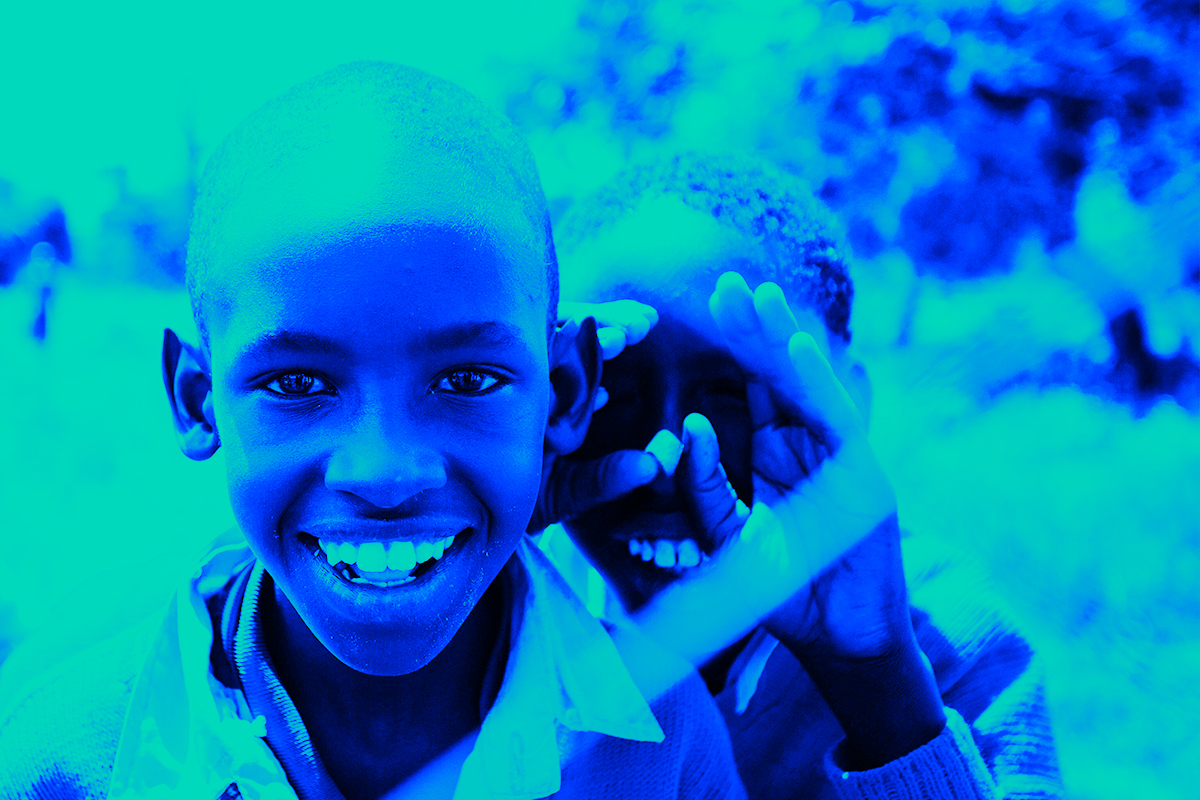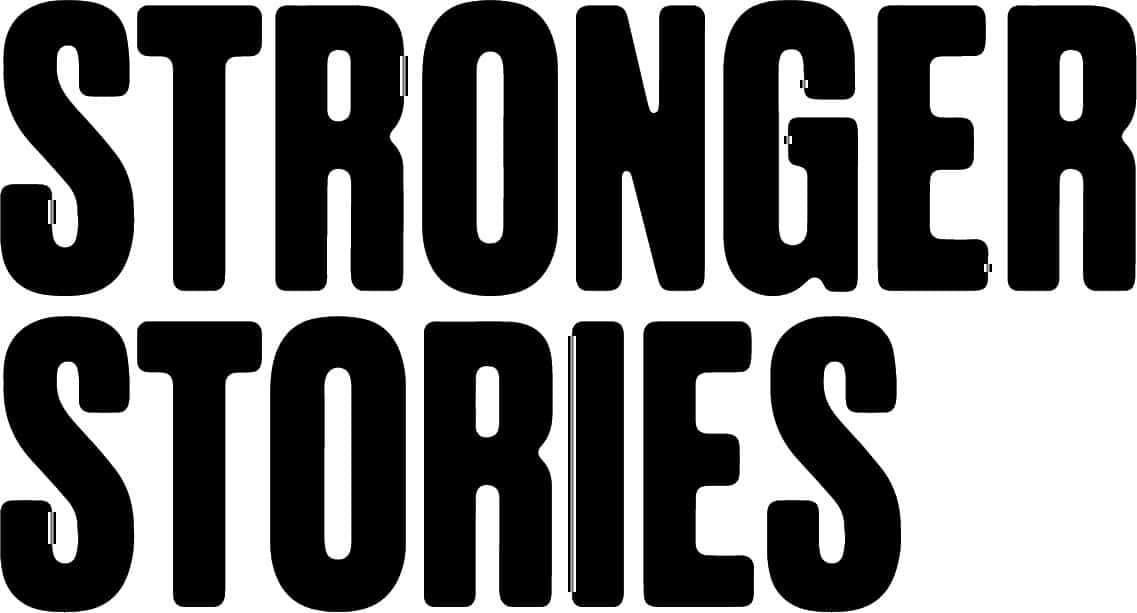
Changing the Narrative in Education
- Written by Will Hill
Today (Monday 25th January 2021) is UNESCO’s third International Day of Education. The COVID-19 pandemic has disrupted global learning on an unprecedented scale and with equally unprecedented severity.
UNESCO estimates that the closure of schools, universities and other learning institutions and the interruption of literacy and lifelong learning programmes, has affected the lives of 1.6 billion students in over 190 countries. As a result this year’s International Day of Education is themed around the recovery and revitalisation of education for the ‘COVID-19 generation’, with celebrating and sharing innovation featuring as a major strand in the planned activity.
At Stronger Stories our mission is to democratise storytelling power, with love, to help deliver environmental, social and economic justice. On such a globally important day for education we wanted to take a moment to look at the role education can play in not just social and economic justice but also environmental justice and what needs to happen to change the narrative around education globally.
Education – social, economic and environmental justice
The right to education is enshrined in article 26 of the Universal Declaration of Human Rights which calls for free and compulsory elementary education for all. In 1989 the Convention on the Rights of the Child, went even further, stipulating that countries shall make higher education accessible to all.
Protection of this human right to education is vital, as removing it denies people the opportunity to identify and pursue their own paths for a meaningful life. Education expands freedoms that can provide learners with a ladder out of poverty, the ability to defend other rights (such as gender equality and the self-determination of indigenous peoples), and the potential to have a positive impact in their communities.
Currently UNESCO estimates that 265 million children and adolescents around the world don’t have the opportunity to enter or complete school; 617 million children and adolescents can’t read and do basic math; less than 40% of girls in sub-Saharan Africa complete lower secondary school and some four million children and youth refugees are out of school. Limiting access to education creates a huge barrier to greater social and economic justice.
But it also prevents greater environmental justice as well.
When it adopted the 2030 Agenda for Sustainable Development in September 2015, the importance of education was recognised by the international community, through not just Sustainable Development Goal 4 which aims to ‘ensure inclusive and equitable quality education and promote lifelong learning opportunities for all’ by 2030, but also through the recognition that education is essential for the success of all 17 of the Sustainable Development Goals.
The United Nations Development Programme’s Human Development Report 2020 highlights the importance of education in strengthening resilience to climate change – stating that education ‘may be even more important than income and wealth for reducing vulnerability to natural hazards’ and that education aids economic resilience through ‘a wider set of skills among better educated individuals, which allows them to take up jobs in sectors other than agriculture’.
Research by Project Drawdown, a non-profit organisation that seeks to help the world reach a point in where levels of greenhouse gases in the atmosphere start to steadily decline, illustrates the inherent link between access to education and tackling climate change.
In its 2017 New York Times bestseller Drawdown, Educating Girls was as the 6th most impactful climate solution we have available today, ahead on many high profile innovations in energy and transport, with an estimated potential CO2 equivalent saving of 85.42 gigatons between 2020 and 2050.
This was largely down to three things education enables: upward mobility and economic growth, active self-determination and management of reproductive health, and greater resilience to face the impacts of climate change. Women who’ve had more years of education can be more effective stewards of food, soil, trees, and water; and have a greater capacity to cope with environmental shocks such as natural disasters and extreme weather events.
Most importantly, the UNDP’s Human Development Report notes that education plays a vital role in ‘expanding agency’. In the Anthropocene, a new geologic era where humans are a dominant force shaping the future of the planet, the impacts of climate change are profoundly unjust.
People living in the world’s richest countries could experience up to 18 fewer days of extreme weather every year within our lifetime because of the climate crisis, while those in the poorest countries face up to 100 extra days of extreme weather. The actions of a single indigenous person in the Amazon, whose stewardship helps protect much of the world’s tropical forest, offsets the equivalent of the carbon emissions of one person in the richest 1 percent of the world. Unless education gives agency to both change social norms and behaviours amongst the privileged, and empower the underprivileged with greater voice, this cycle of environmental injustice will continue and become worse.
The climate crisis and COVID-19 have led to many world leaders talking about a ‘green recovery’ or ‘building back better’; but unless education plays its part in skills development for an inclusive recovery, the new clean economies of the future will only further perpetuate inequality and injustice.
The role of innovation in opening up access to education
Innovation’s greatest gift is its ability to make what once was scarce accessible to all. The barriers to creating more equitable opportunities for every learner globally, are exactly the type of challenges where innovation excels – making access to education affordable to all; reducing the time and distance it takes to access education; crossing the digital divide; making learning adaptable to the individual needs of learners, no matter what their circumstances; and helping all learners discover, develop and display the skills needed in a rapidly and constantly changing world.
At Stronger Stories, we’ve been lucky enough to work with innovators who are tackling barriers that stand in the way of greater access to education and the opportunities it provides.
These include:
- Cosmico – an interactive educational gaming app, that has been developed using Artificial Intelligence to provide insights into the strengths and weaknesses of any child; whilst addressing their specific learning gaps with immersive gaming experiences.
- Empiribox – who combine the power of online learning tools with hands-on science experiments to inspire the scientists of the future from an early age.
- Intrinsic Energy – a company on a mission to transformed continuous leaning into a flexible, affordable subscription service.
- Nudge Reality – who use immersive Augmented Reality gaming to help autistic children develop their social, numeracy and communication skills.
- Space Teams – a virtual space mission that makes remote learning inspiring and collaborative across a range of subjects.
- City & Guilds Group – who are using digital credentials to help people capture, share and evidence skills not currently recognised by more formal qualifications.
- Enginuity – an organisation looking at how a smarter use of data can help open opportunities for people and close the engineering skills gaps of today and tomorrow.
While rapidly increasing global smartphone ownership, especially amongst young people, opens up more opportunities to reach learners; not all innovation in education comes from tech companies. Policy makers, educators, NGOs and community groups are also championing new ideas to increase access to education for all. These include innovations such as collecting better data on inclusion, community-based literacy programmes, and greater teacher freedom or child-led learning.
Changing education for the better is going to require a diversity of new approaches – but in order to grow, these good ideas need to be heard.
Storytelling – helping innovation flourish and changing the global education narrative
From new crops and menstrual cups, through to medical technologies and Facebook; studies have shown that the adoption of a new innovation spreads as a ‘complex contagion’ – a phenomenon common in networks of people in which an individual must be exposed to an innovation multiple times and from multiple sources before they adopt a change in behaviour.
Social reinforcement, then, is key to the continued adoption of an innovative new idea. One of the most crucial aspects of ‘Story As Strategy’ is the ability for the story of an innovation to evolve and change as its support grows, so that it can engage a continually widening group.
For those looking to help innovation flourish in education, storytelling is a vital skill.
But for individual education innovators there is a big barrier to change – the existing dominant narrative in global education.
Born out of the First Industrial Revolution in Europe and the United States and spread by imperialism and colonialism; the global education narrative is one of schools as ‘education factories’. Standardization and conformity created schools where students of the same age, were presented with the same materials, and tested in the same way. Learning was broken up into evenly marked lessons, on set subjects, with the ringing of a bell signalling the start and end of each period. The ability to learn information, memorise it for a short time, and then repeat it was prized; as in a pre-digital era this aided administration.
If these things didn’t appeal to you or seem relevant to your future – then education wasn’t designed for you.
Narratives like this are generated when many stories about the same or similar things align. These individual stories are accounts of real people or events that serve to bring the big concept or idea to life and give it meaning, reality and legitimacy. Because narratives are generated by many thousands of stories illustrating and reinforcing an idea, it is very difficult to change them, but they exert a strong influence on our behaviour.
Powerful narratives accustom us to think and act in certain ways: essentially these connected networks of stories drive our automatic and unconscious decisions and behaviours. They can be the difference between us supporting a new idea and rejecting it.
If we really want to globally change education for the better, we not only need to help innovators spread their individual ideas through stronger stories. We need to create a new narrative for global education, that brings these innovative stories together, supplanting the existing dominant narrative.
As UNESCO notes ‘now is the time to step up collaboration and international solidarity to place education and lifelong learning at the centre of the recovery and the transformation towards more inclusive, safe and sustainable societies’.
Those who truly want to do this, need to look at the role stories play in narrative change.
Share:
Grow Your Good Idea Faster
New ideas are precious. Win support by learning how to create and tell a stronger story – sign up to join for free.

Related posts
Being unique is better than being perfect
Your organisation’s or movement’s personality is a powerful tool in storytelling. It can help people, members...
April Fools Day pranks that created conversation
It’s not uncommon for April Fools’ Day hijinks to unexpectedly spark a wider conversation.
A Taste of Story School
With the ‘BETA’ launch of our new Story School achieved, we’re sharing a free taster lesson. The...
Learn from the strongest stories about change
Sign up here to receive our monthly newsletter that explores great storytelling about brilliant ideas. Don’t worry you can unsubscribe at any time.
We’re working hard to walk the talk.
We’re proud to be have been awarded The Blueprint and B Corp status in recognition of our work towards creating a better world.

